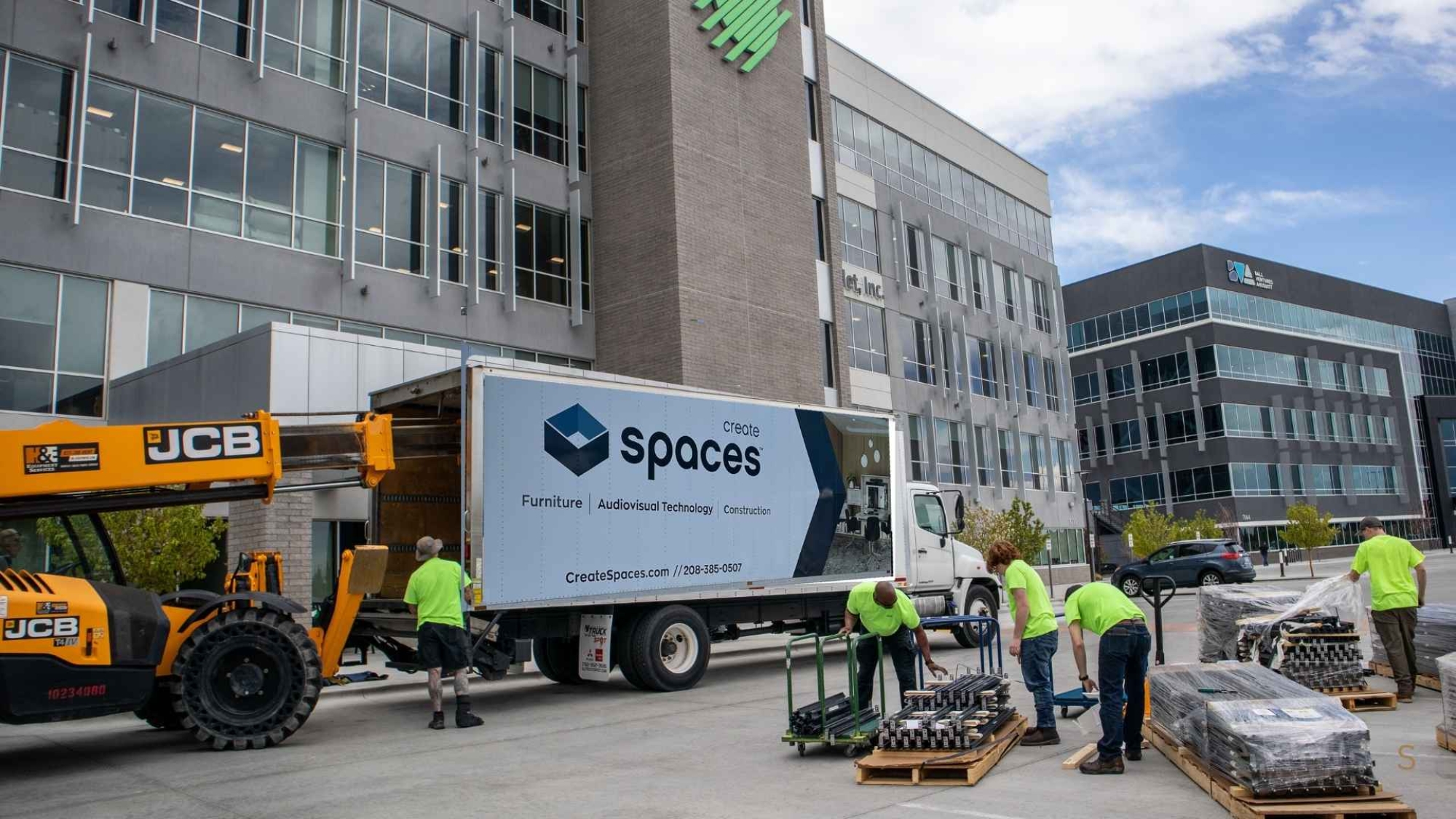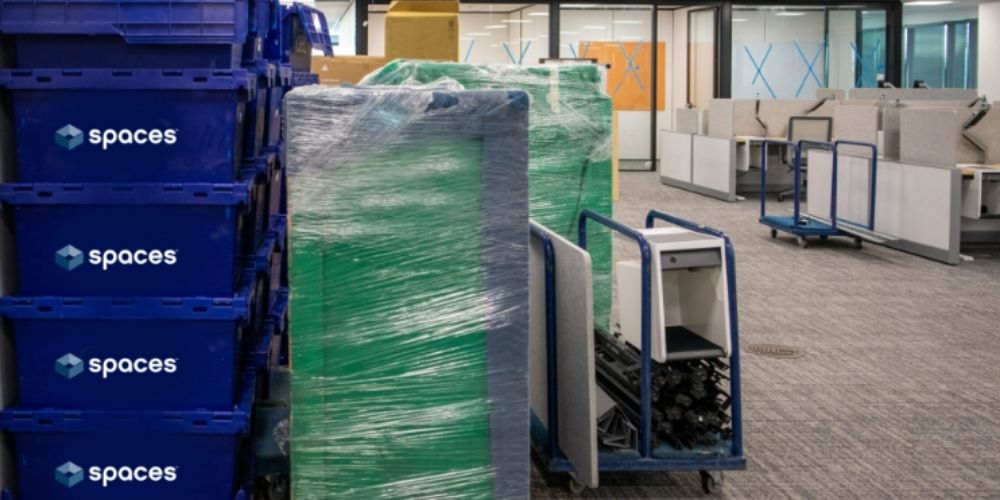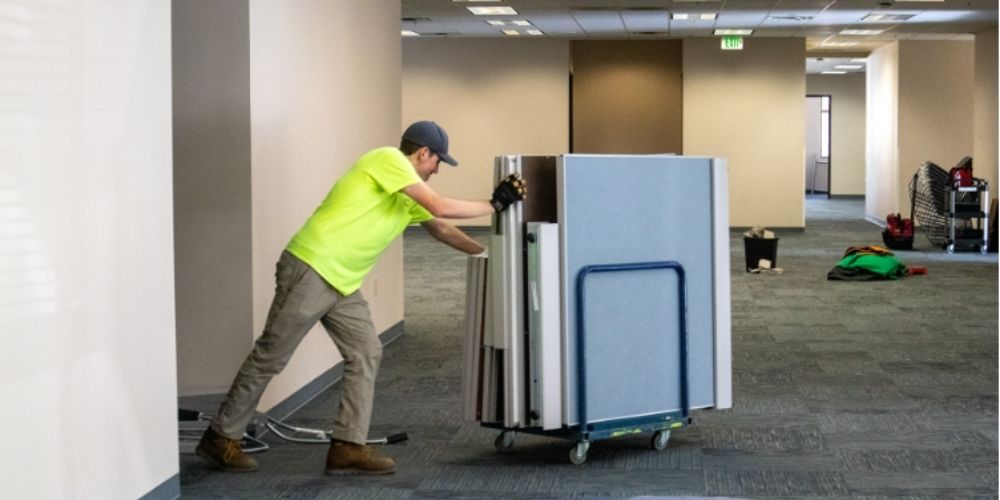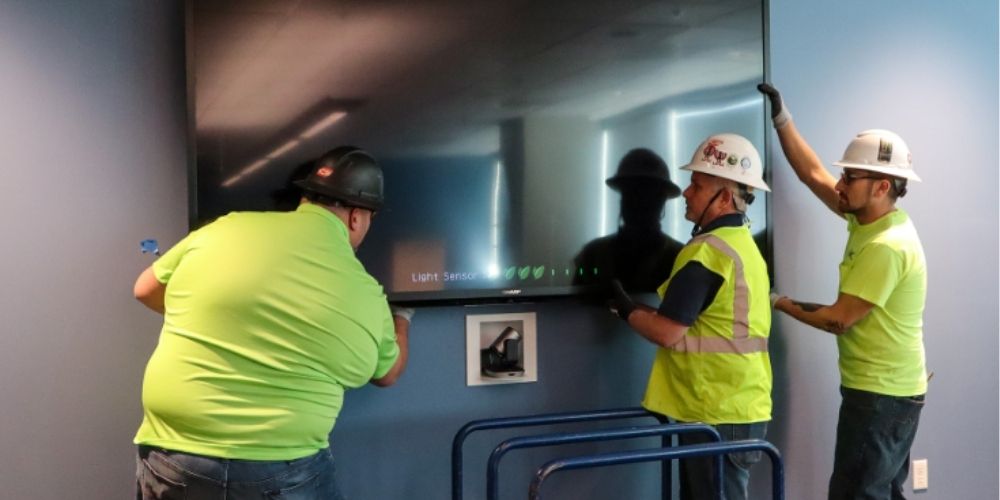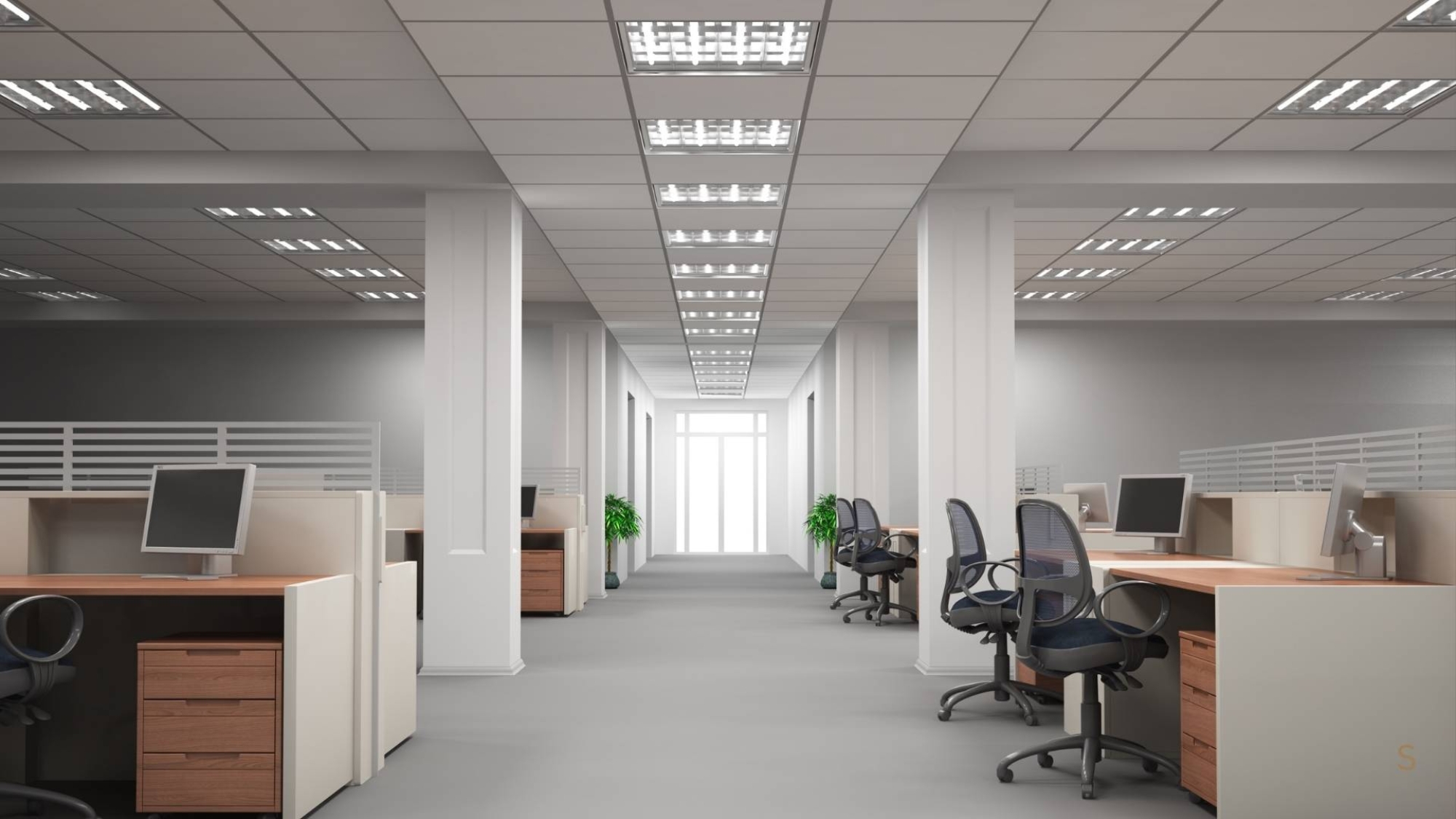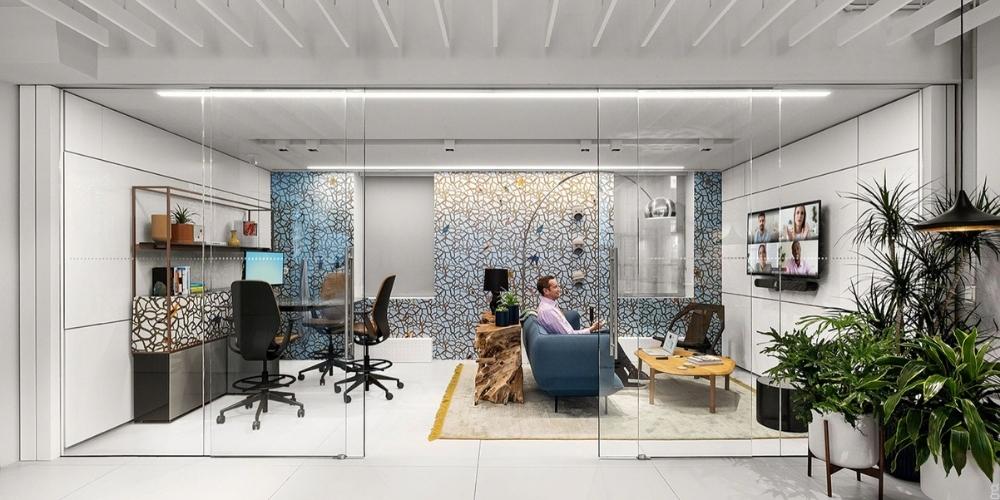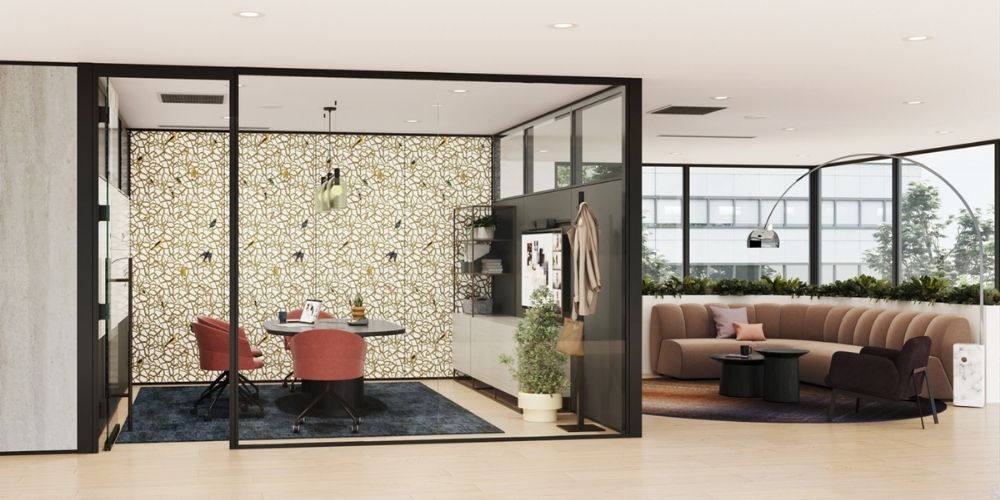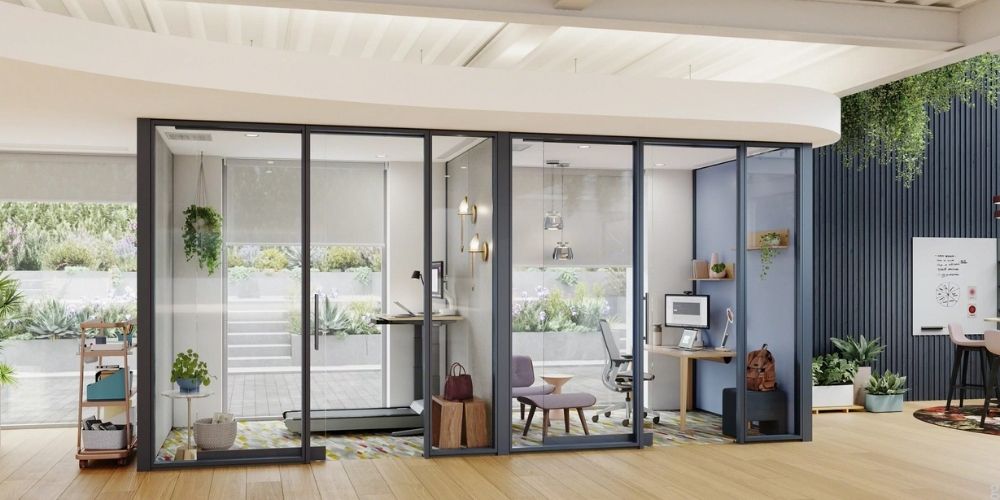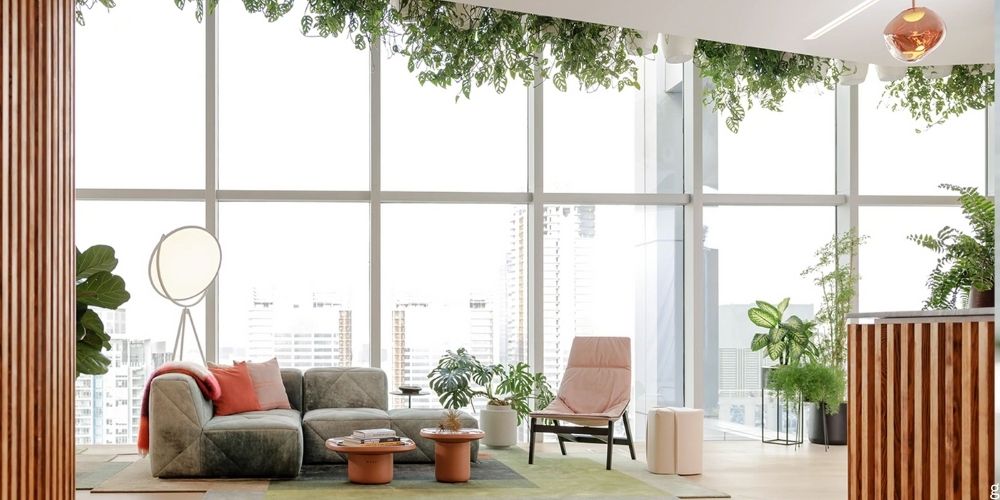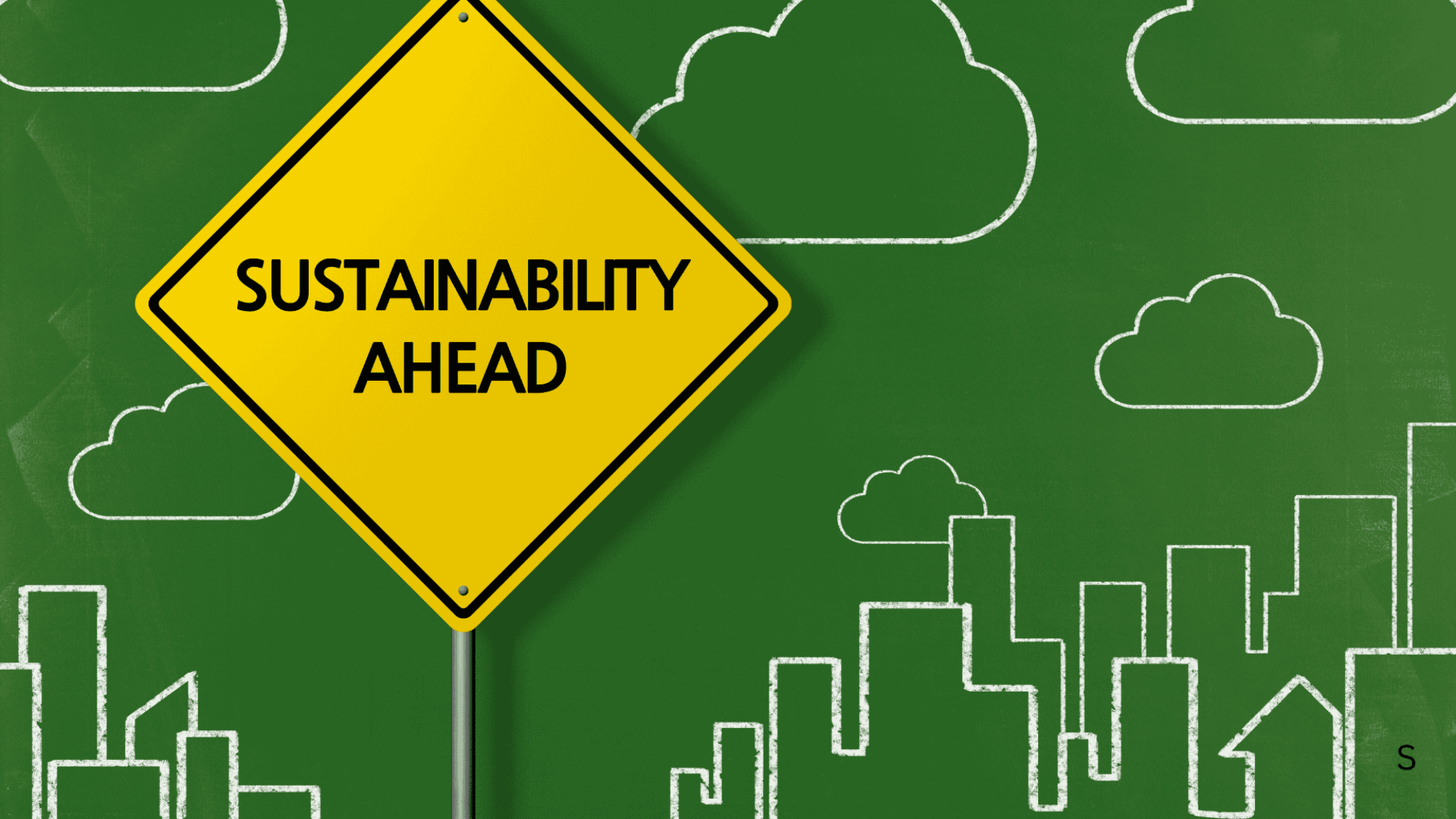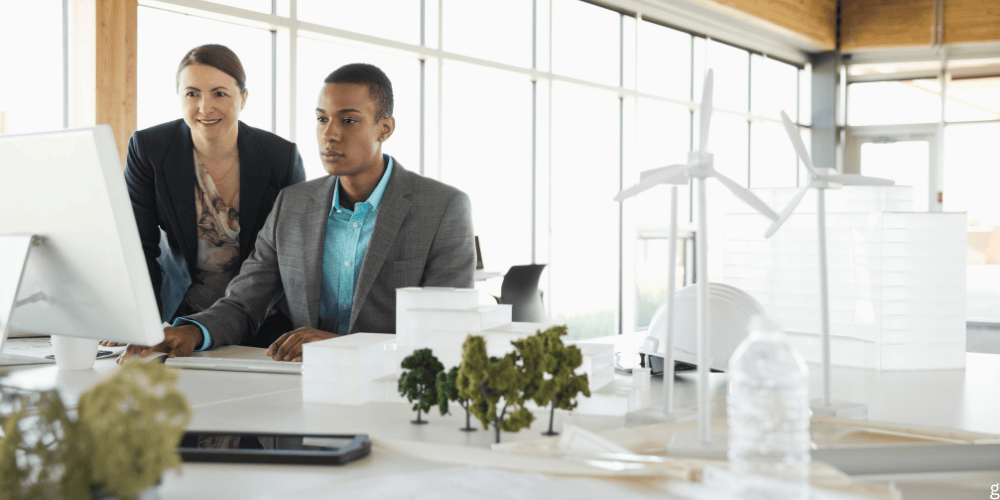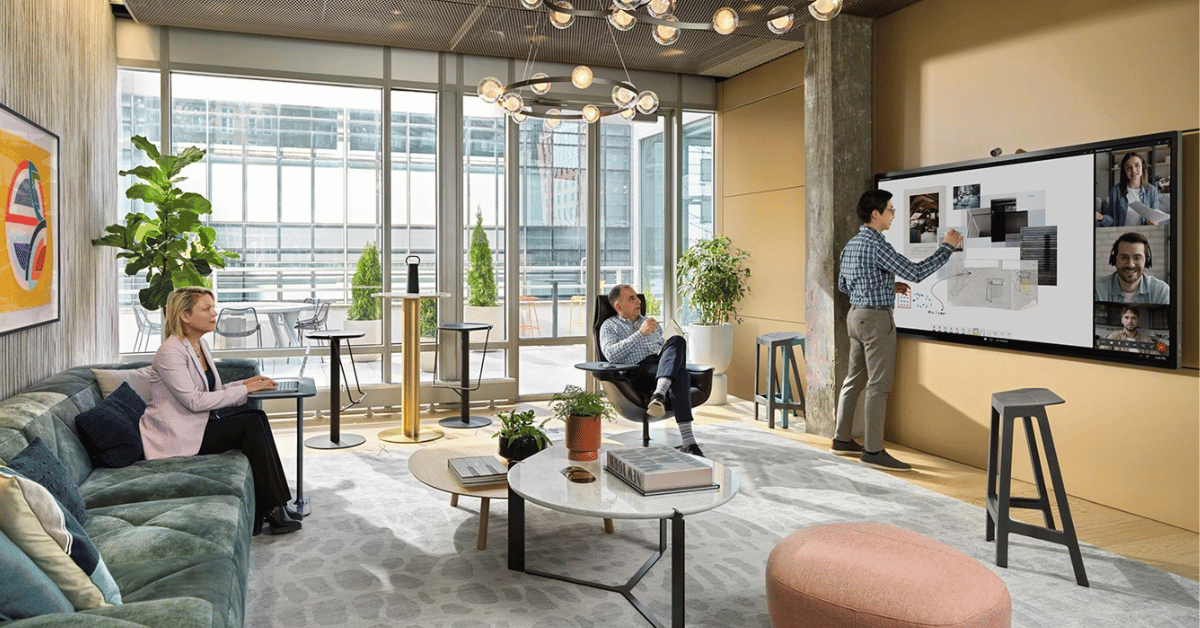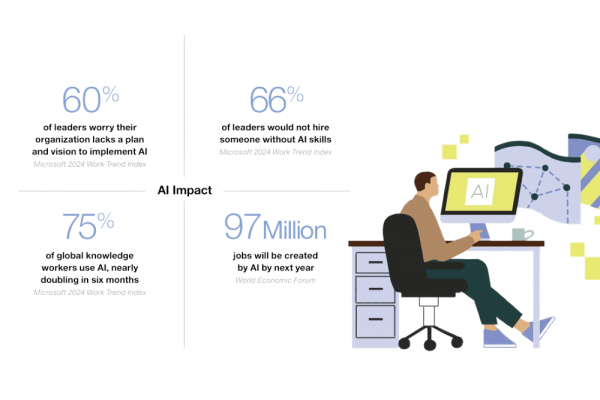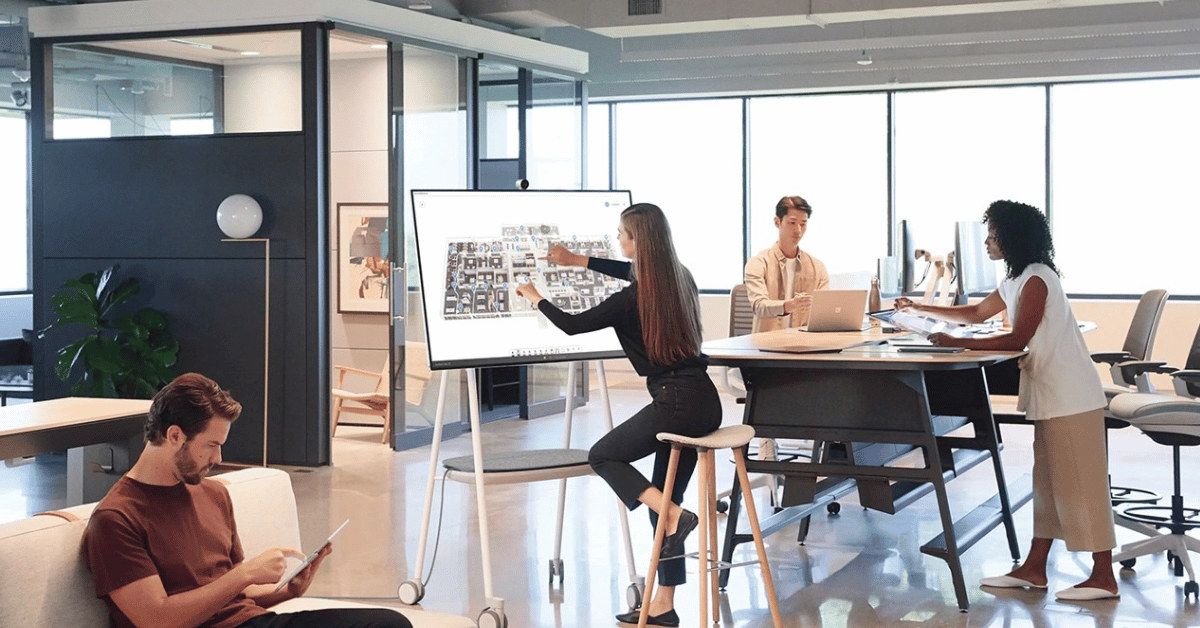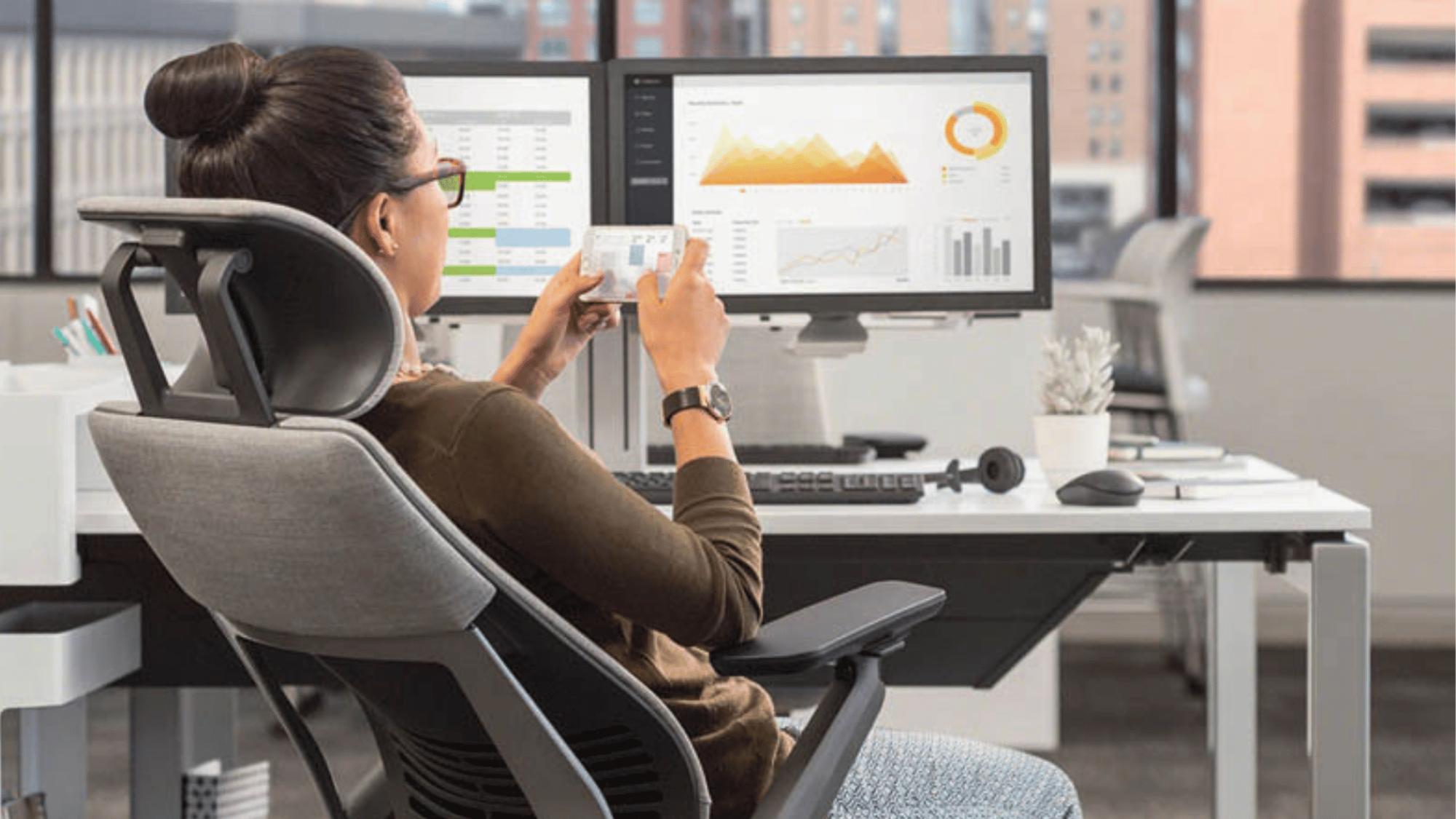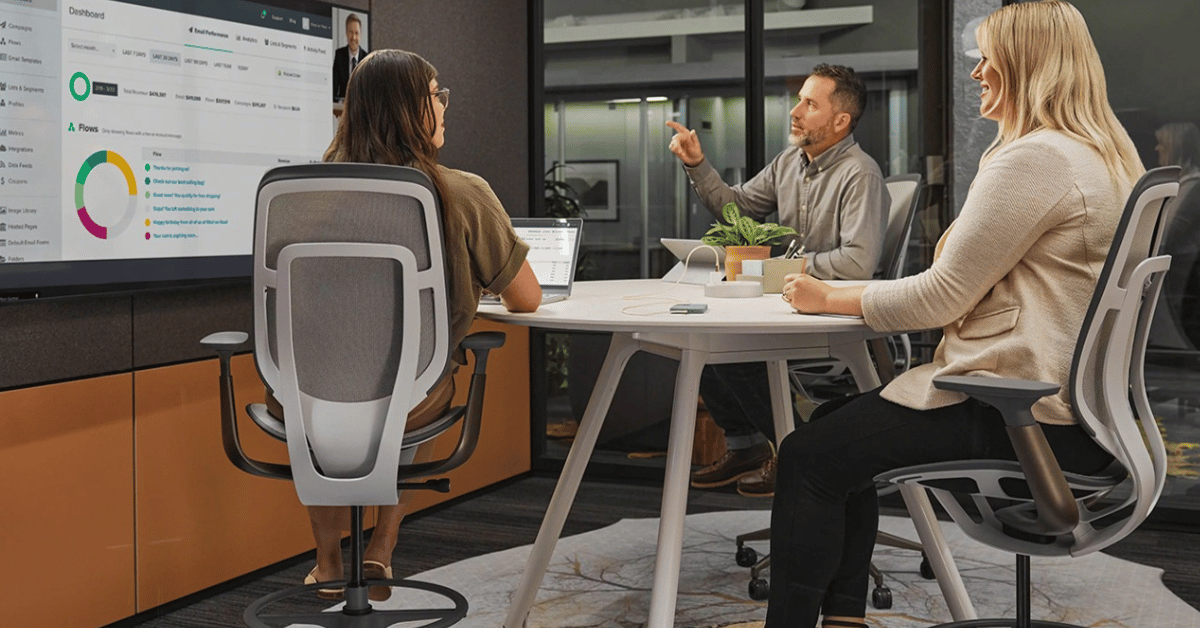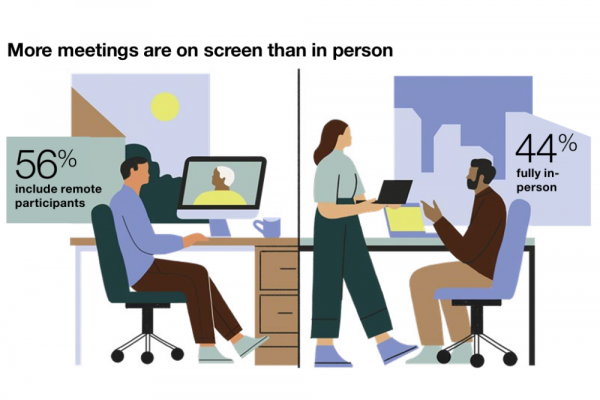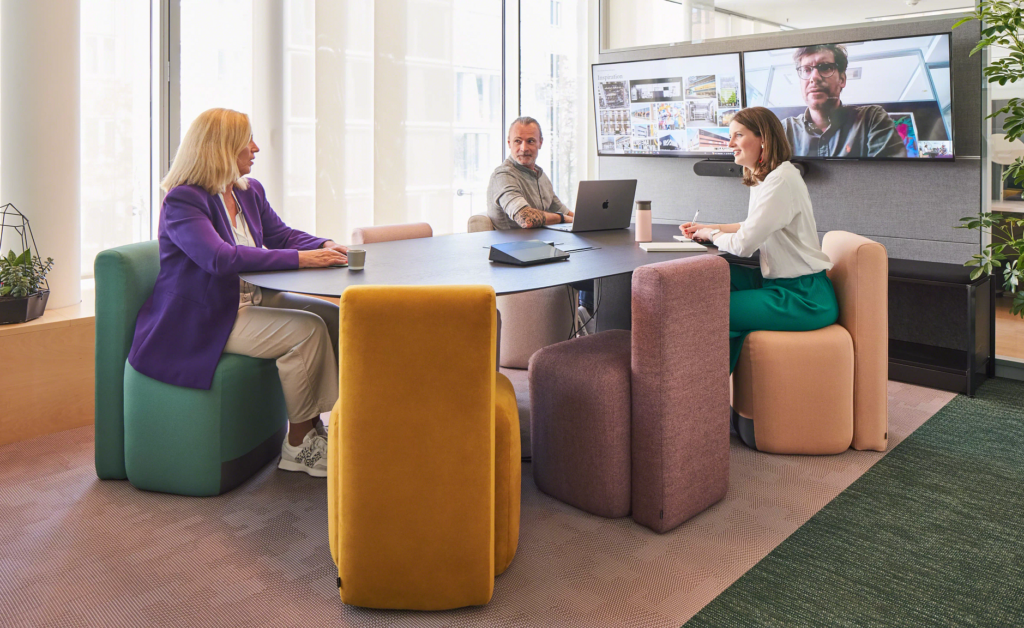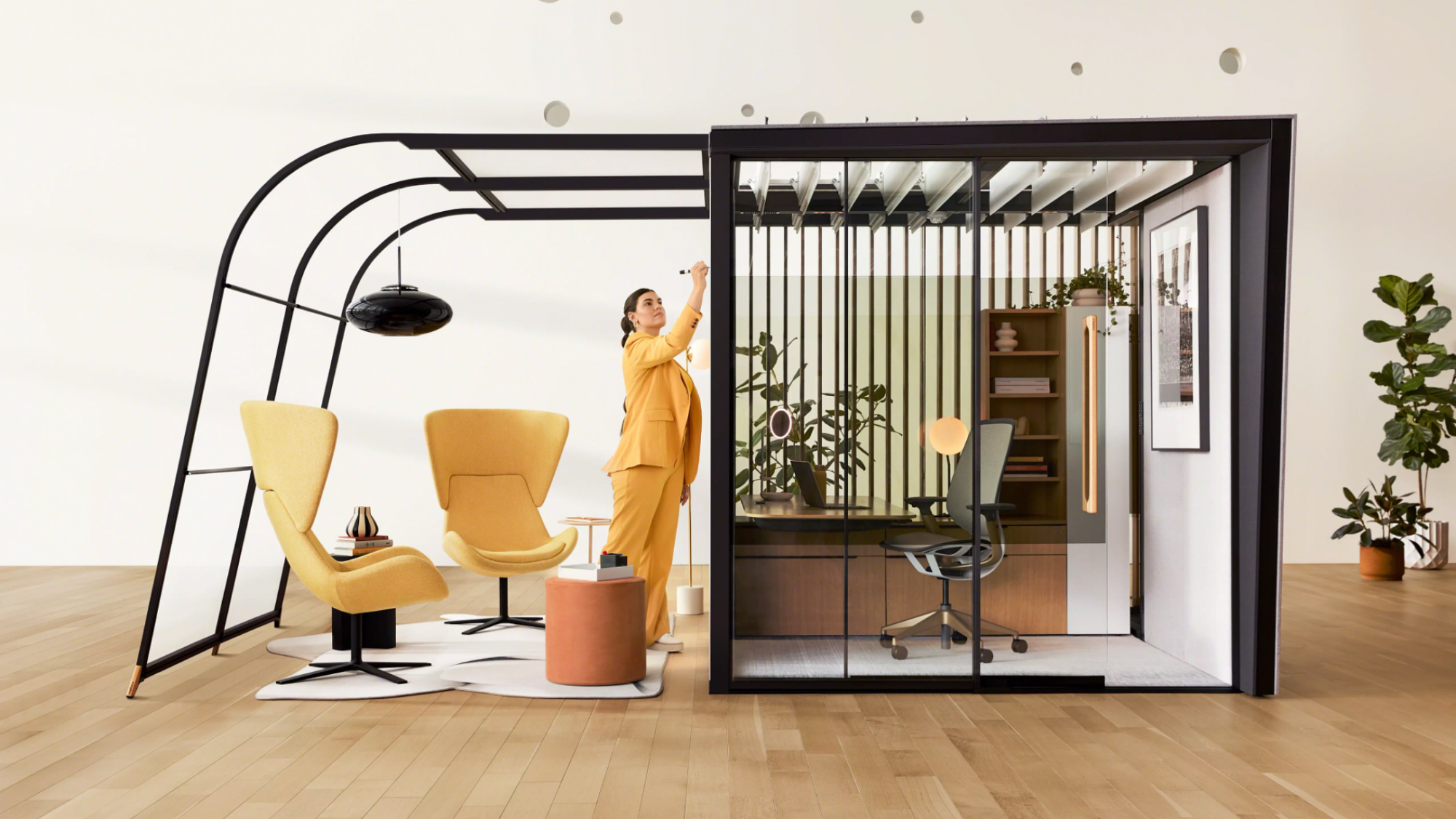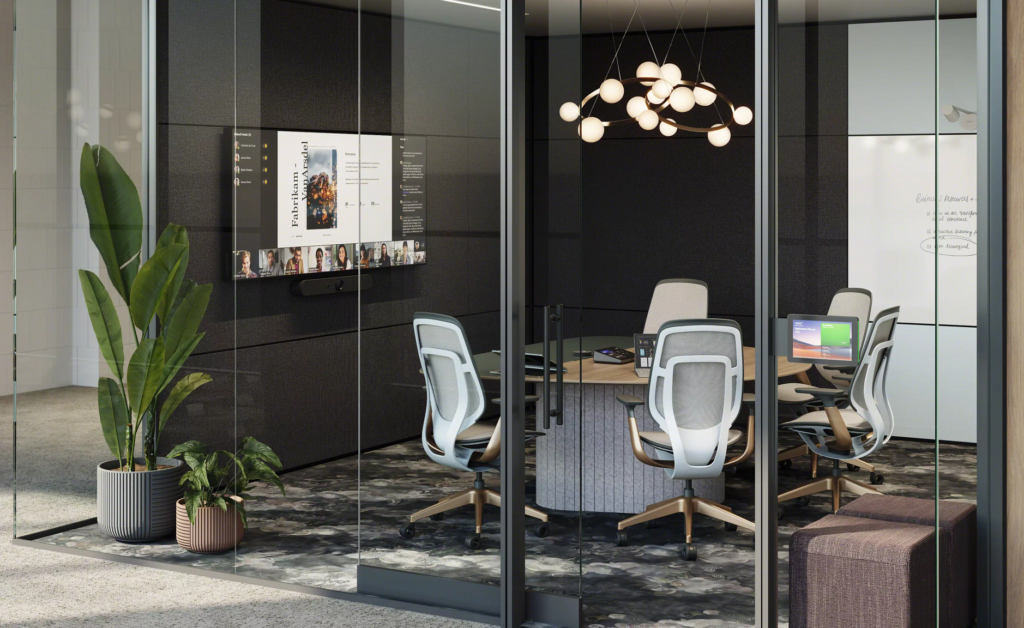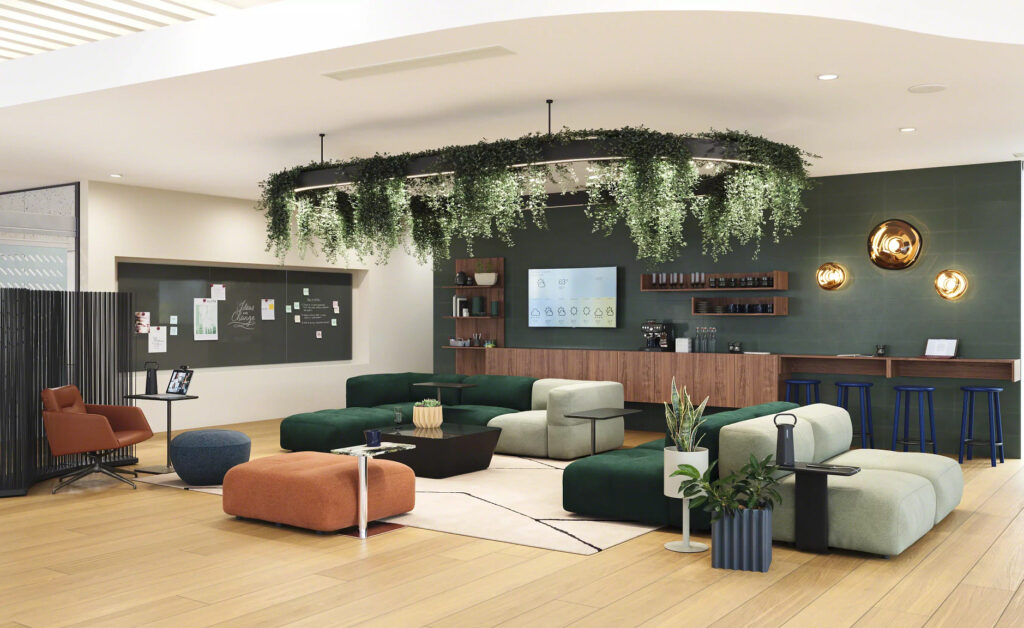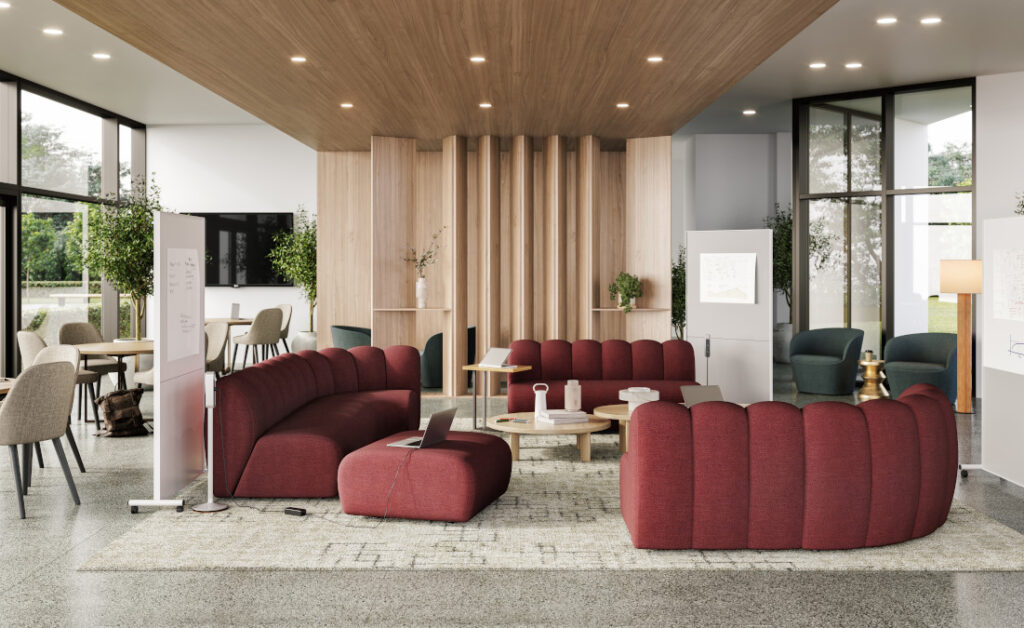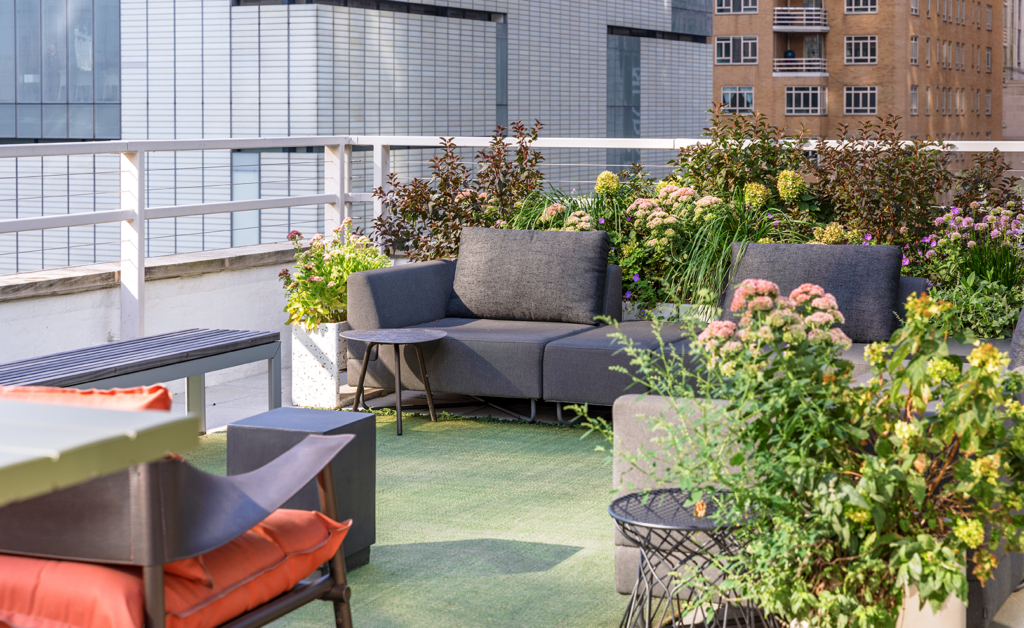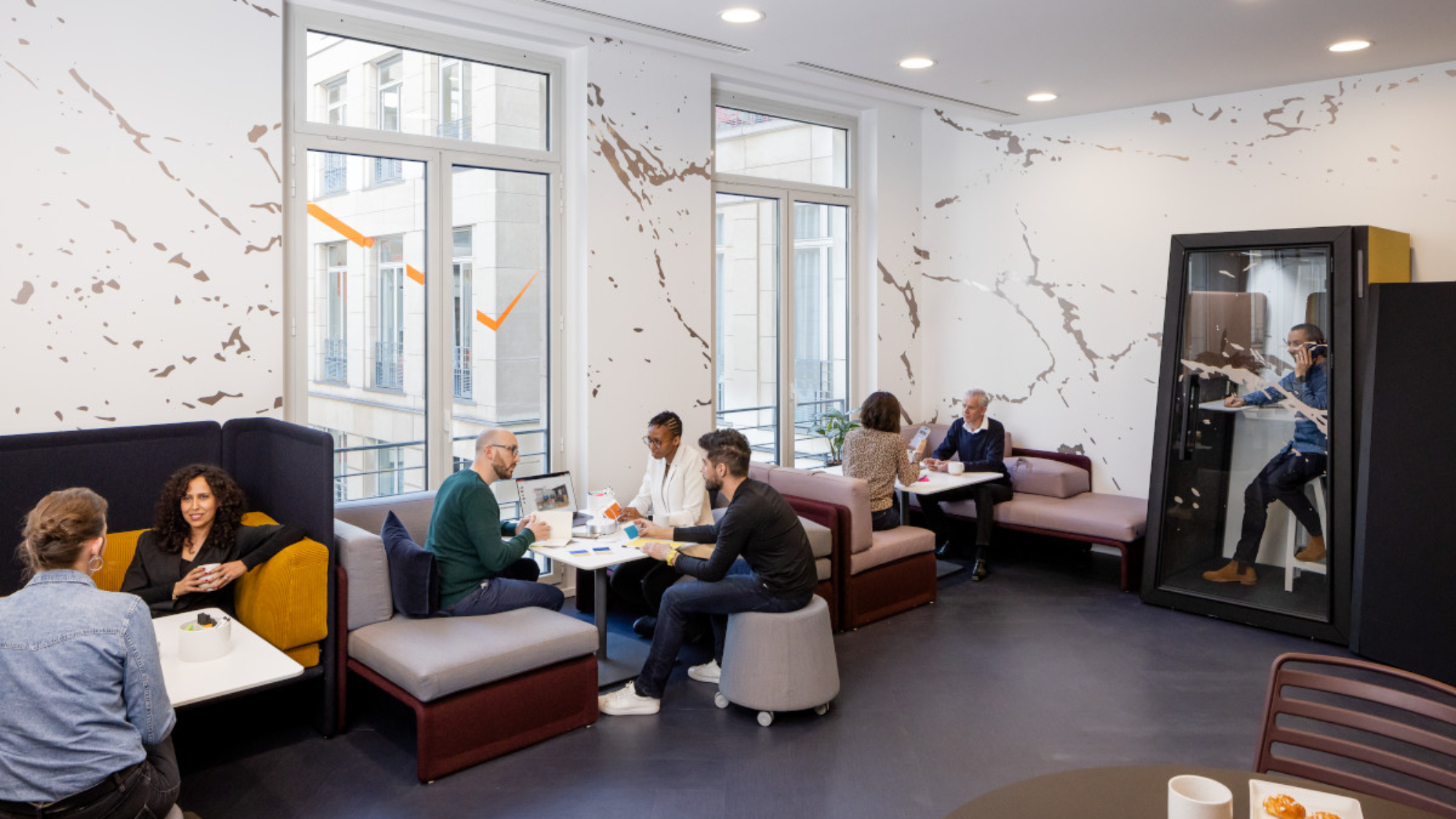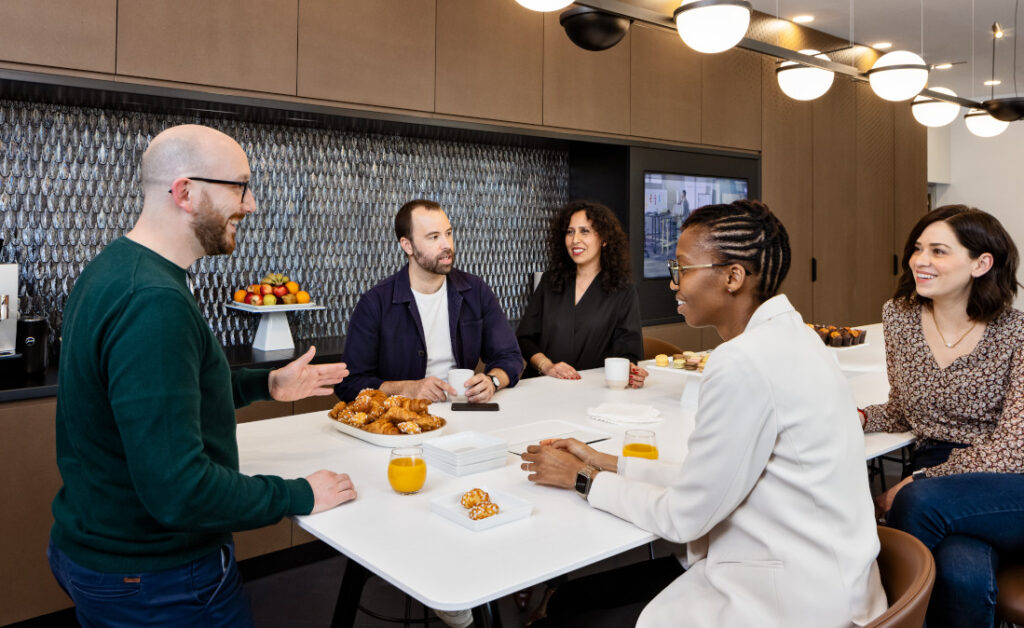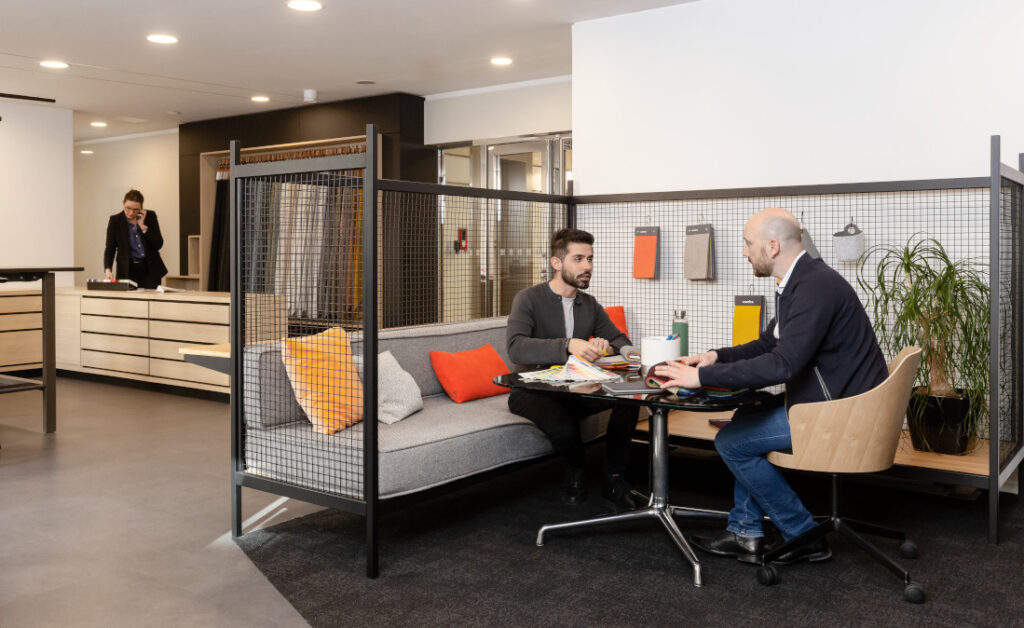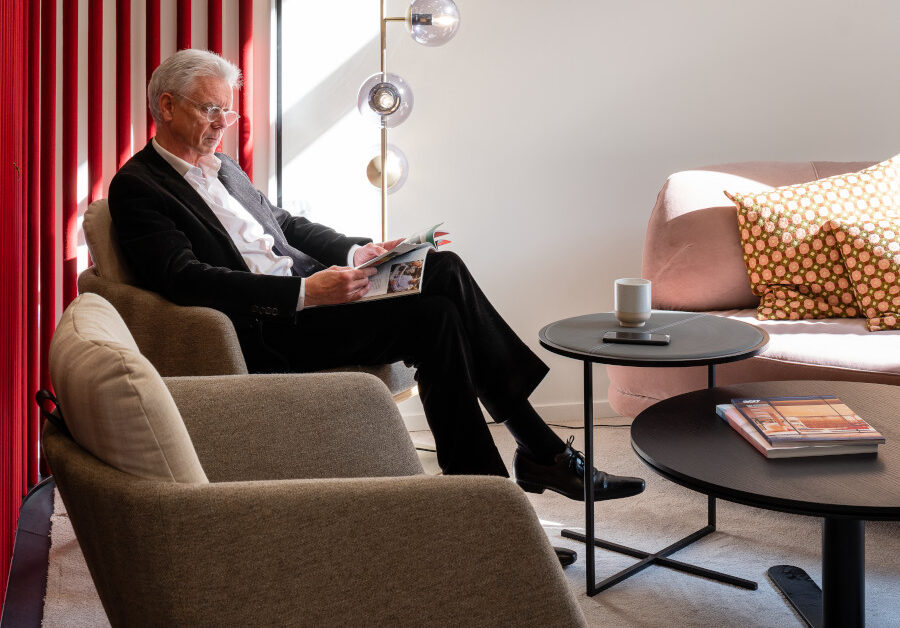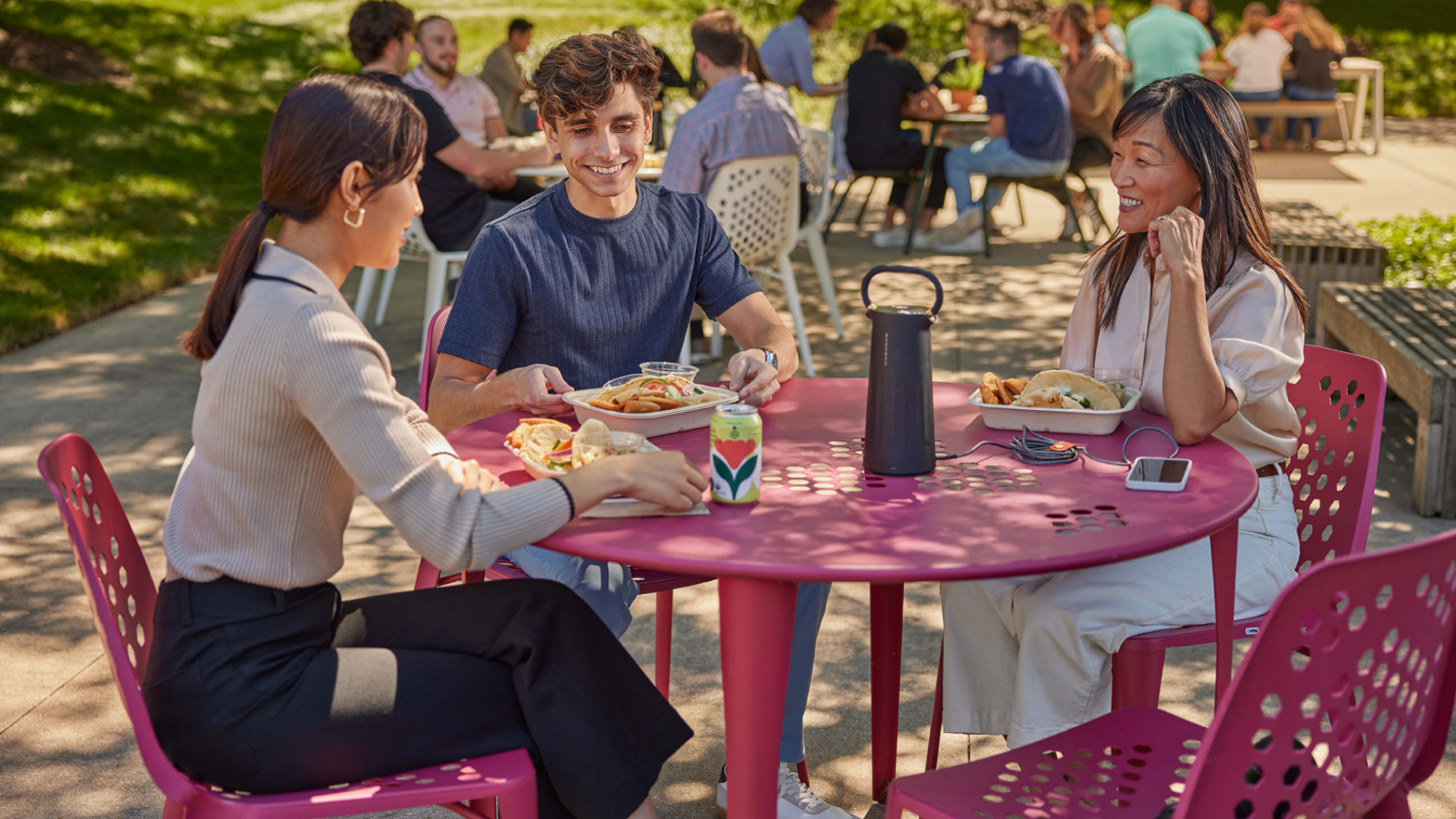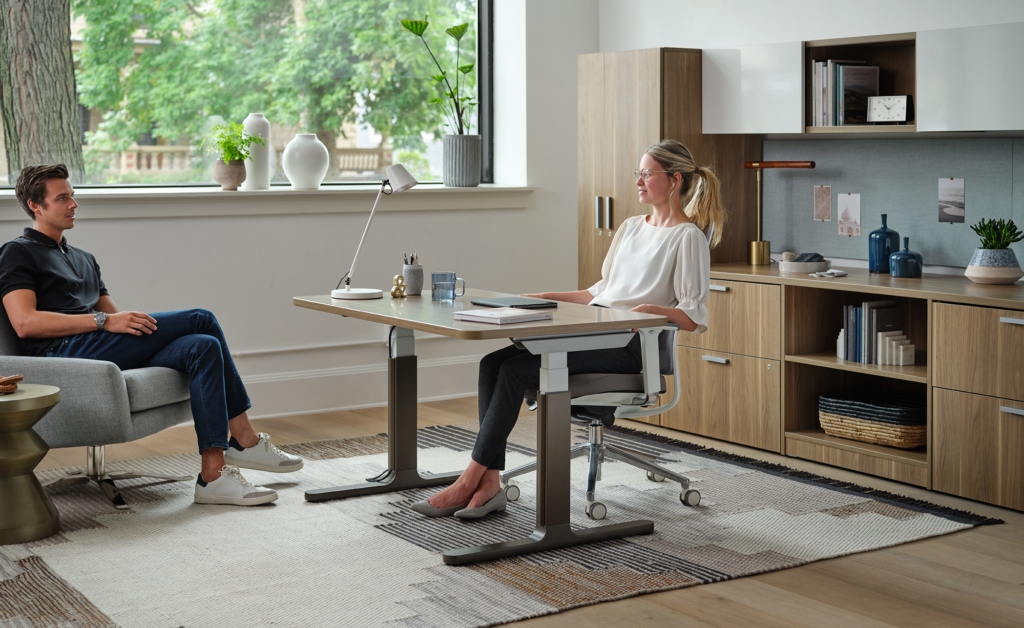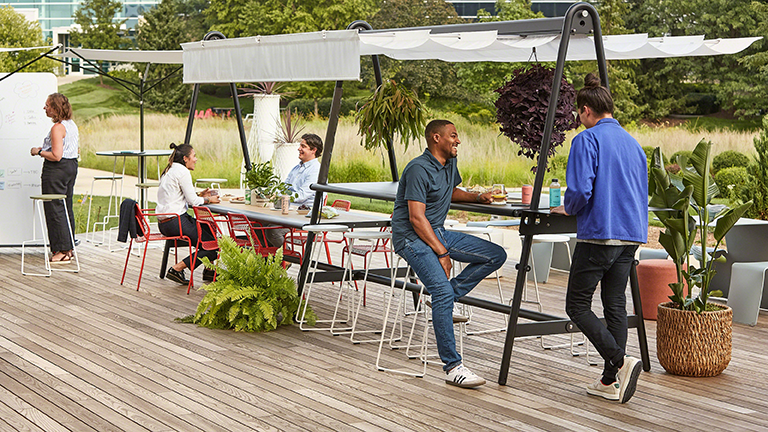Trusted Commercial Furniture Installers in Boise, Las Vegas & Reno
When it comes to outfitting a commercial space, the quality of your furniture installation is just as important as the furniture itself. From corporate offices to healthcare facilities, having a team of professional commercial furniture installers ensures everything is assembled correctly, safely, and on schedule.
Whether you’re launching a new space, reconfiguring a floorplan, or upgrading your furniture, our experienced commercial furniture installers in Boise, Las Vegas, and Reno are ready to help. We handle everything from cubicle setups and workstations to conference tables, ergonomic seating, storage systems, and more.
Why Work with Professional Commercial Furniture Installers?
Professional installation isn’t just about putting pieces together—it’s about protecting your investment, minimizing downtime, and creating a functional workspace from day one. Our crews follow manufacturer specifications, comply with building codes, and coordinate with your facility team or general contractor to keep projects on track.
Our team brings:
- Installation experience with major furniture manufacturers
- Installers trained in ergonomics and safety
- On-site troubleshooting and adjustment services
- Clean, efficient work and jobsite respect
- Warehousing and staging options if needed
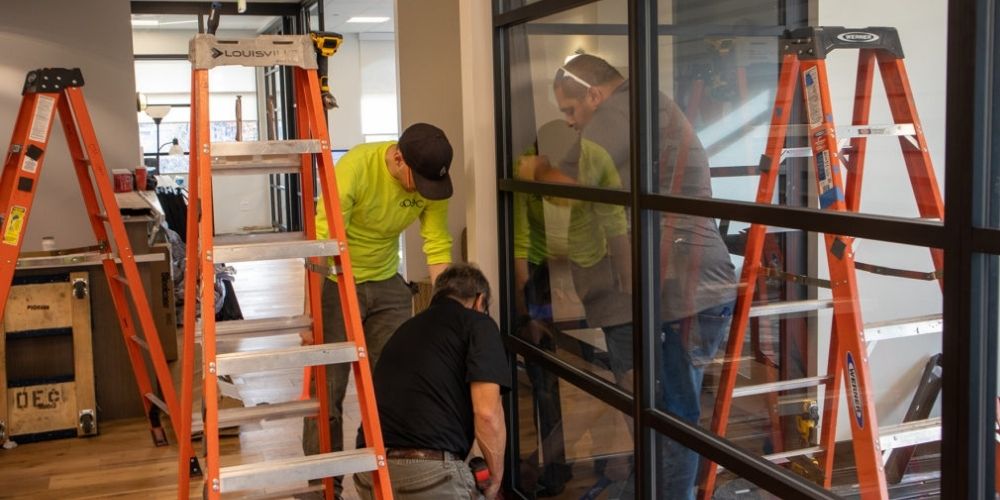
Commercial Furniture Installers in Boise
Boise continues to grow as a regional hub for technology, government, and education. Our commercial furniture installers in Boise support projects across a wide range of industries—from state agencies and higher education to corporate campuses and small businesses.
Whether you’re opening a new office in Downtown Boise or updating a workspace in Meridian, we offer:
- Full-service installation and configuration
- Cubicle assembly and panel systems
- Height-adjustable desks and ergonomic setups
- Classroom and training room furniture installation
With local knowledge and years of experience, our Boise team delivers fast, precise results tailored to your timeline.

Commercial Furniture Installation Services in Las Vegas
Las Vegas is known for bold design and fast-paced businesses. Our Las Vegas commercial furniture installers bring that same energy and precision to every project—whether it’s a casino headquarters, medical office, or a coworking space.
What we offer in Las Vegas:
- After-hours and weekend installations to reduce disruption
- Workstation, conference room, and lounge furniture setup
- Reconfiguration and expansion services
- Coordination with property managers and union guidelines (when applicable)
From Summerlin to Henderson, we’re proud to be a trusted partner for companies that demand excellence and speed.

Commercial Furniture Installers in Reno
Reno’s growing business scene includes everything from tech startups to government offices and manufacturing hubs. Our Reno-based commercial furniture installers are equipped to handle everything from one-room builds to full-scale facility installations.
Services in Reno include:
- Modular furniture installation and space planning support
- Secure installation of filing and storage systems
- On-site adjustment and punch list resolution
- Collaboration with designers and architects
We understand the dynamics of growing companies in Northern Nevada—and our installers ensure your workplace is ready on Day One.
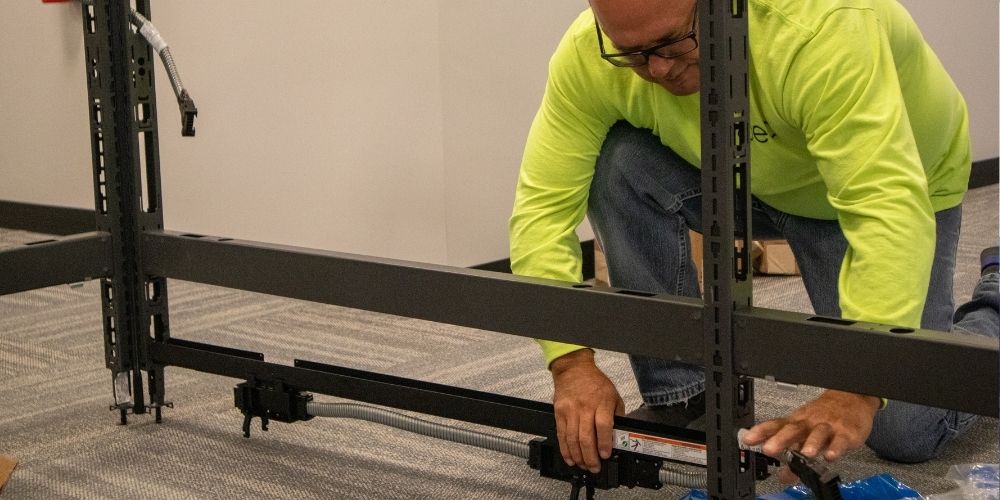
Our Installation Process
We take the stress out of commercial furniture installation by following a clear, proven process:
- Pre-Installation Review – We walk the site, check drawings, and confirm delivery timing.
- Staging & Inventory Management – We inspect and stage all pieces before assembly.
- Professional Installation – Our crews work efficiently, following manufacturer specs.
- Final Walkthrough & Adjustments – We ensure everything is level, functional, and clean.
Ready to Work With Commercial Furniture Installers in Boise, Las Vegas, or Reno?
Our experienced, reliable team is ready to bring your space to life—on time, on budget, and with complete attention to detail. Whether it’s a new office, a renovation, or a reconfiguration project, we’ve got you covered.


